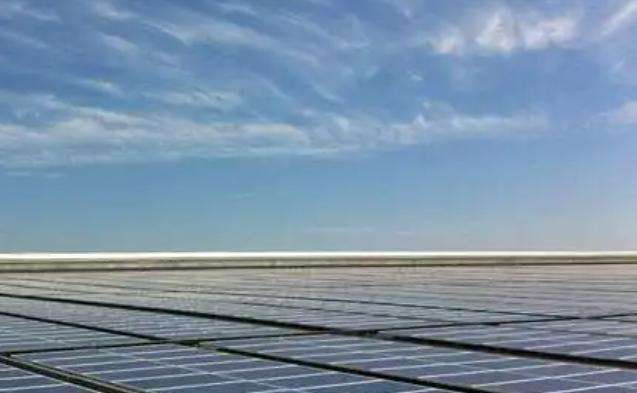According to reliable foreign media, a large group of blue jellyfish appeared near a power plant on Israel's Mediterranean coast, ranging from a few thousand to nearly ten thousand. Relevant personnel said that the presence of so many jellyfish near the power plant could cause power supply interruptions or even damage the power plant and cause it to explode. This situation immediately sparked a strong reaction from the local government and people, and measures were taken quickly to avoid causing greater losses.
This time, the Israeli coastal town of Ashkelon was attacked by blue jellyfish. The city's seawater cooling system suffered a complete invasion of swarms of blue jellyfish. After the accident, local personnel immediately took measures to shut down the power plant, activate emergency power andevacuate the group of jellyfish. Fortunately, no greater losses were caused, but the town did lose power for a short time, leading to a power outage. slowed down the economic development of the city.
It is understood that this jellyfish is a very beautiful blue jellyfish that lives in the Mediterranean Sea, and is also called nomadic jellyfish. Moreover, last year, the power plant was attacked by these blue jellyfish, and the entire operating system was blocked at that time. Workers used water pumps to inflate the jellyfish. At first glance, they looked like “crystal babies” saturated with water, which was very beautiful.
According to scientists, this type of jellyfish will appear in groups on Israeli beaches when the sea temperature reaches around 29 degrees Celsius and when the full moon rises. And can cause lockdown of power plants. And this jellyfish is a speciesthis invasive migrant. It originates from the Indian Ocean and enters the Mediterranean through the Suez Canal. Affected by various impacts of climate and human activities, many problems have emerged in the marine ecosystem, which has led to many cases of sudden outbreaks of marine life affecting human life. It is also common for jellyfish to invade power plants. Jellyfish are simple creatures with a plastic-like shape. When gathered in groups, they can easily clog various drainage systems and power plants, making drainage impractical and preventing power plants from providing electricity. In short, jellyfish swarming has a great impact on the power plant. We hope that the local government and relevant personnel can take timely measures to resolve the problem when it arises.
There are manyx types of power plants, the most common include thermal power plants, hydroelectric power plants, atomic power plants, solar power plants, wind farms, tidal power plants, biomass power plants, etc. Except for solar power plants, the basic principle of other power plants is that the main engine converts various natural energies into kinetic energy, drives the generator to rotate, and conductors are used to cut the magnetic lines in the generator to produce electricity. It is then delivered to electricity consumers via transmission lines.














